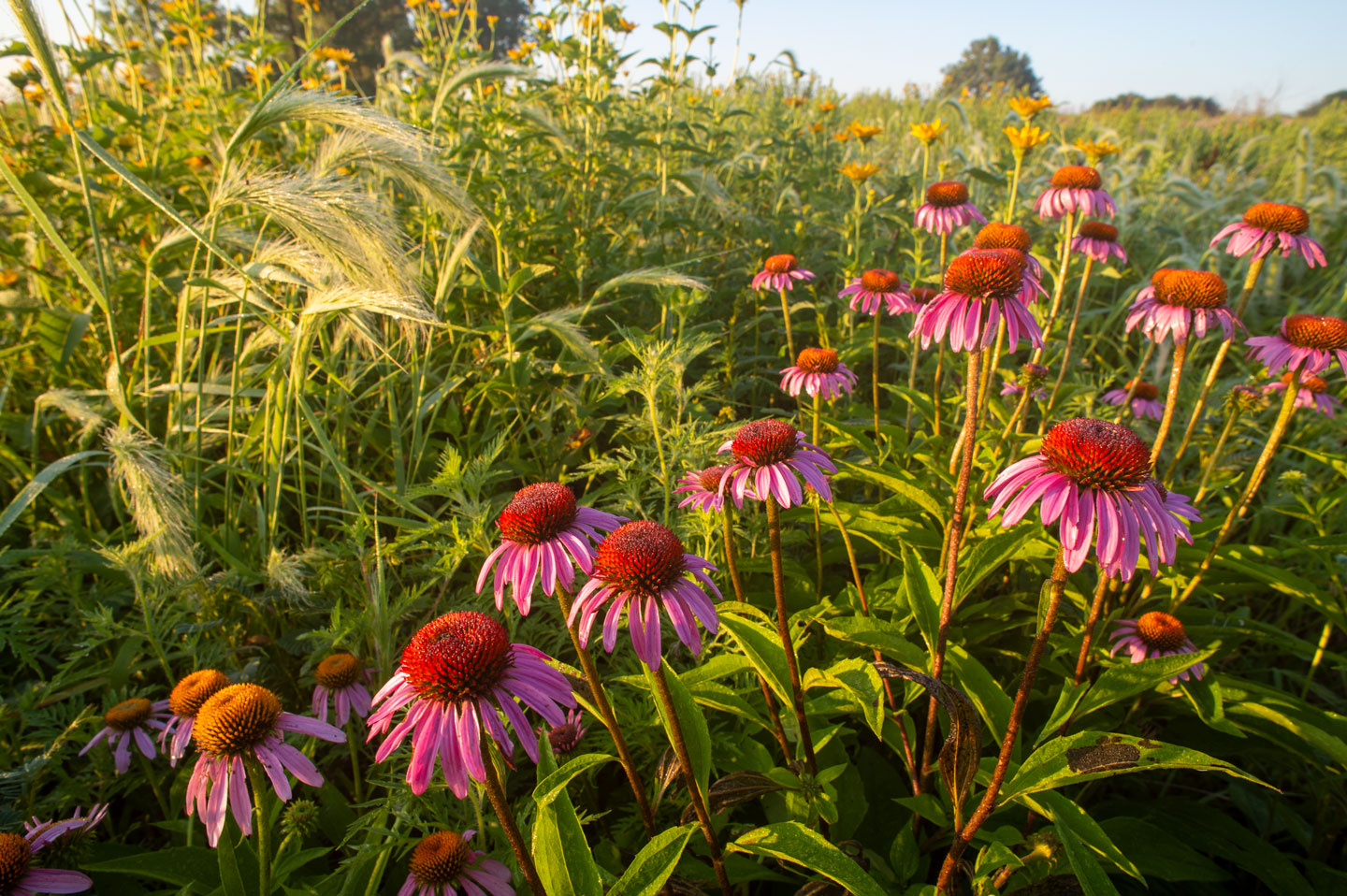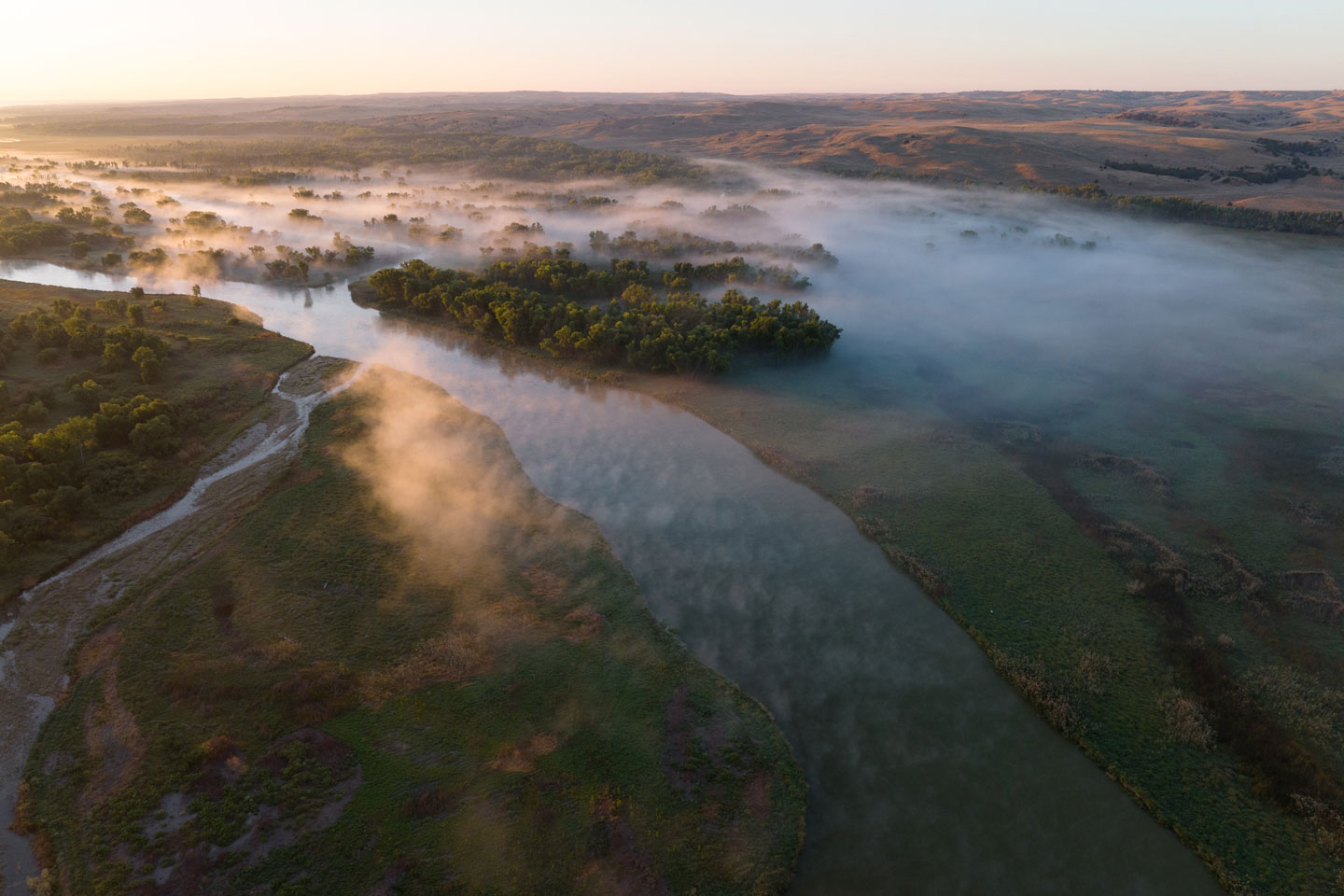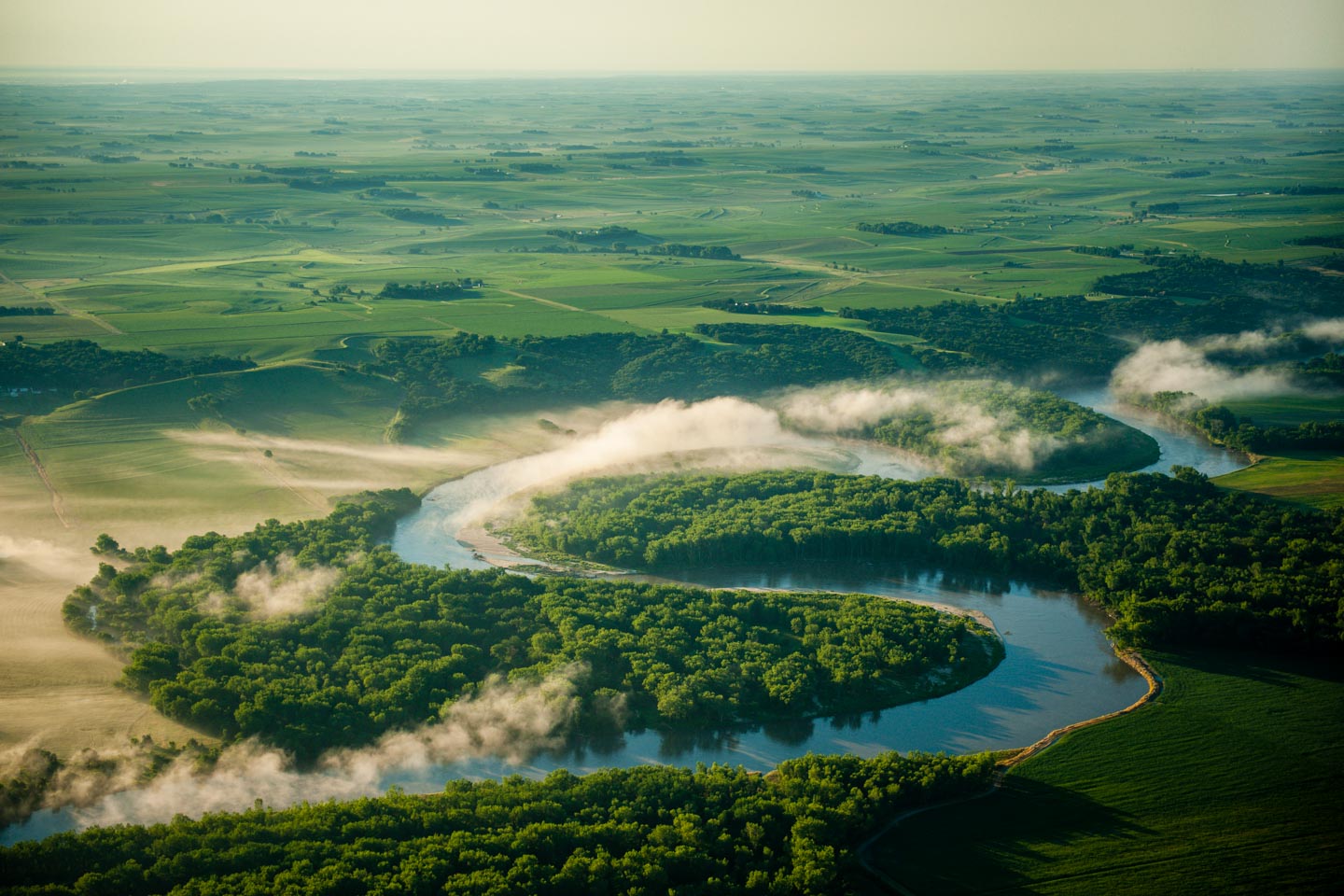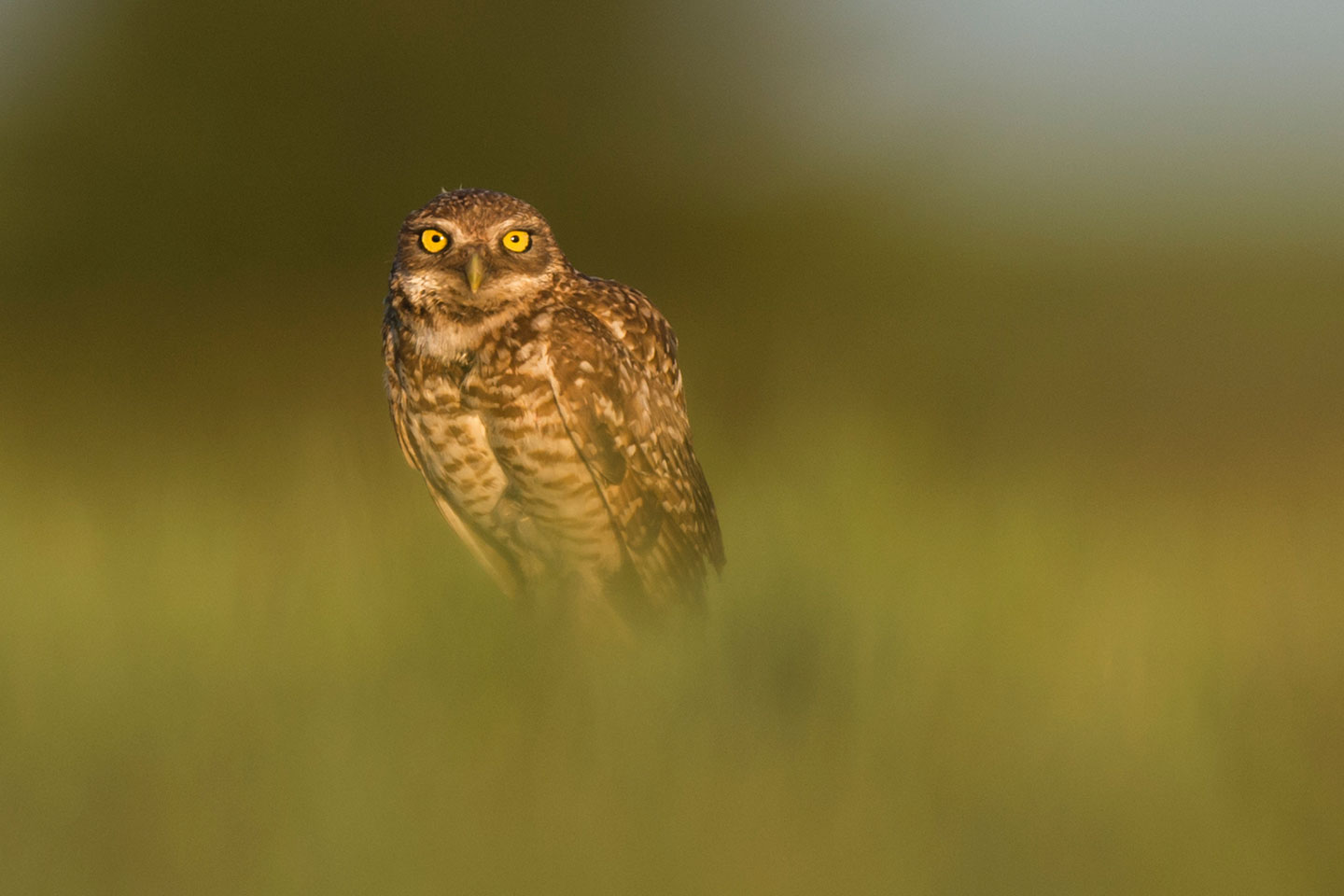Woodlands of Nebraska
Located in the middle of the Great Plains with large expanses of open grasslands, Nebraska is a true prairie state. However, it also offers a few hidden ecosystems in the southeastern and northwestern corners of the state: Woodlands.
While prairies do very well with few to no trees, these two, very different woodlands — the eastern deciduous forests and the Pine Ridge — are home to a variety of wildlife and plants found nowhere else in Nebraska.
Eastern deciduous forests
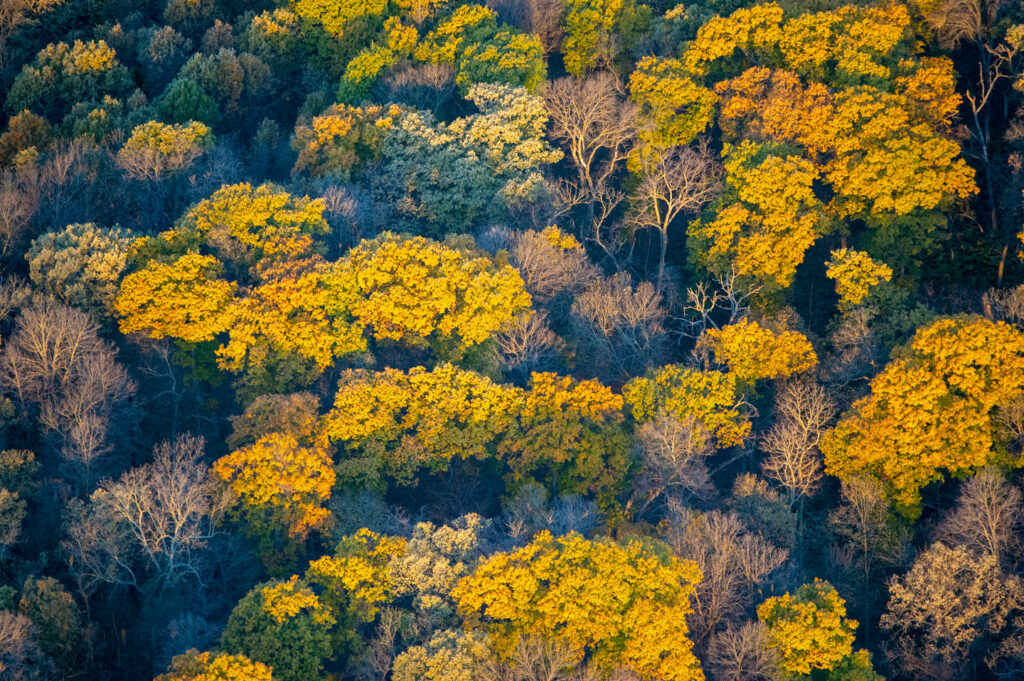
In the eastern portion of the state, from the extreme southeastern corner to the South Dakota border, lies the eastern deciduous forest. This unique ecosystem is home to many layers of plants and a variety of species such as maples, oaks, hickories and beech trees. Scattered throughout the deciduous forests are some evergreen species, such as hemlock, spruce and fir.
When diving deep into the forest, you will notice tree species specially adapted at growing in certain areas. Near rivers and streams, cottonwood, mulberry, sycamore and catalpa trees are more common. Lesser-seen species throughout these deciduous forests are redbud, pawpaw, locust and Kentucky coffee trees.
In addition to the tree species, deciduous woodlands have an abundance of flowers. Several of these flower species bloom early in the spring so they can receive the maximum amount of sunlight before the canopy of leaves returns to shade the forest floor. These early blooming flowers include spring beauty, dutchman’s breeches, and violets. Later blooming flowers include bedstraw, jewelweed, stinging nettle, and dame’s rocket.
Many species of animals also inhabit the eastern deciduous forests. Mammals, birds, amphibians, reptiles, and a plethora of insect species call this landscape home. A few animals, including species considered at-risk in Nebraska, can be found in the eastern deciduous forests. They include the southern flying squirrel, Timber rattlesnake, Bell’s vireo, plains harvest mouse, striped skunks, and black-capped chickadees. Common species found there include coyotes, foxes, bobcats, and numerous woodland bird species, such as great-horned and barred owls. Don’t forget a large diversity of butterflies live here as well.
These forests also offer abundant opportunities for outdoor recreation. Grab a pair of tennis shoes and head out for a hike, bike trail ride, fall leaf viewing, camping, hunting, ore wildlife viewing. The Missouri River running along Nebraska’s eastern edge also makes this a perfect spot for canoeing, kayaking, and fishing.
Pine Ridge
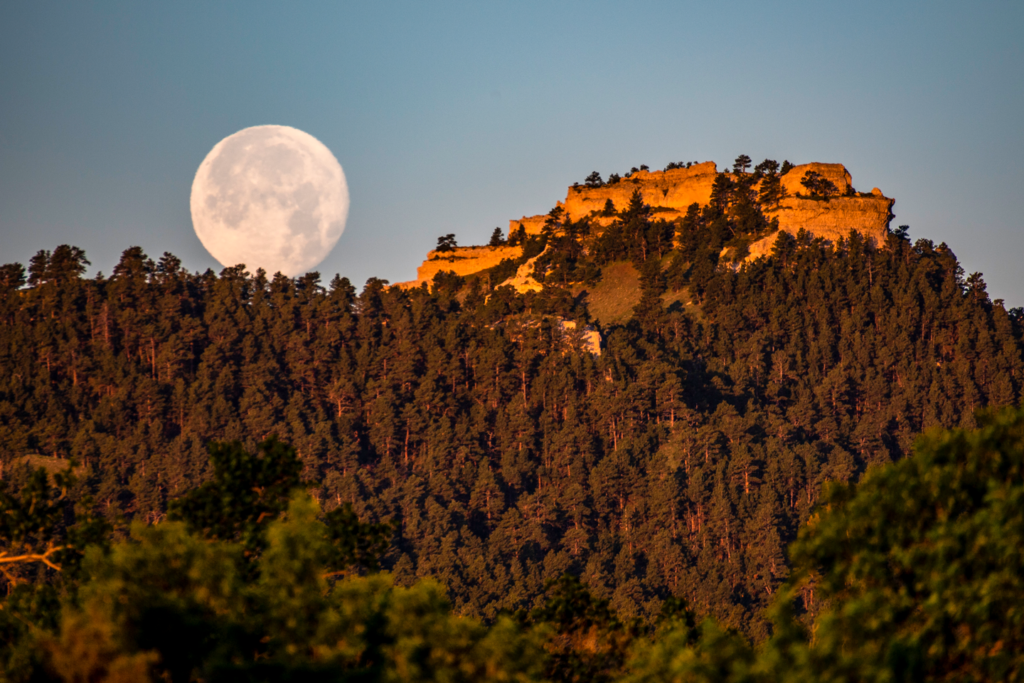
The Pine Ridge forest in northwest Nebraska is a biologically unique landscape dominated by ponderosa pine woodlands and forests that occupy many of the north- and east-facing slopes and bottoms. Being a pine-dominated escarpment within the Great Plain’s grasslands, the Pine Ridge supports many at-risk species at the edge of their range; this includes two of the state’s three populations of the Rocky Mountain Bighorn sheep. There are several large, protected areas within this landscape including the Nebraska National Forest, Fort Robinson State Park and several wildlife management areas.
Ponderosa pine woodlands and savannas are fire-adapted ecosystems. Mature trees have very thick bark and are well adapted to the fast-moving fires that sweep through stands and burn grasses, pine needles, and low shrubs below. Mature pines survive these fires giving the ecosystem its characteristic appearance of large, tall and widely spaced trees with a grassy forest-floor and patches of shrubs. At higher elevations, the woodlands become more forest-like in character, where they are intermixed with douglas fir.
This exceptional landscape houses several wildlife species found nowhere else in the state. Animals in this area include swift foxes, mountain lions, bighorn sheep, terrestrial garter snakes, and several species of bats. More common animals like porcupines, skunks, bullsnakes, coyotes, raccoons, elk, deer and pronghorn also can be found in this area. Many pollinator species and a plethora of other diverse insects also love this biologically unique landscape.
The Pine Ridge woodlands offers many natural amenities and outdoor recreational opportunities, including a plethora of wildlife viewing opportunities, trout fishing, hiking trails, equestrian trails, rock hunting and wildflower viewing opportunities.

